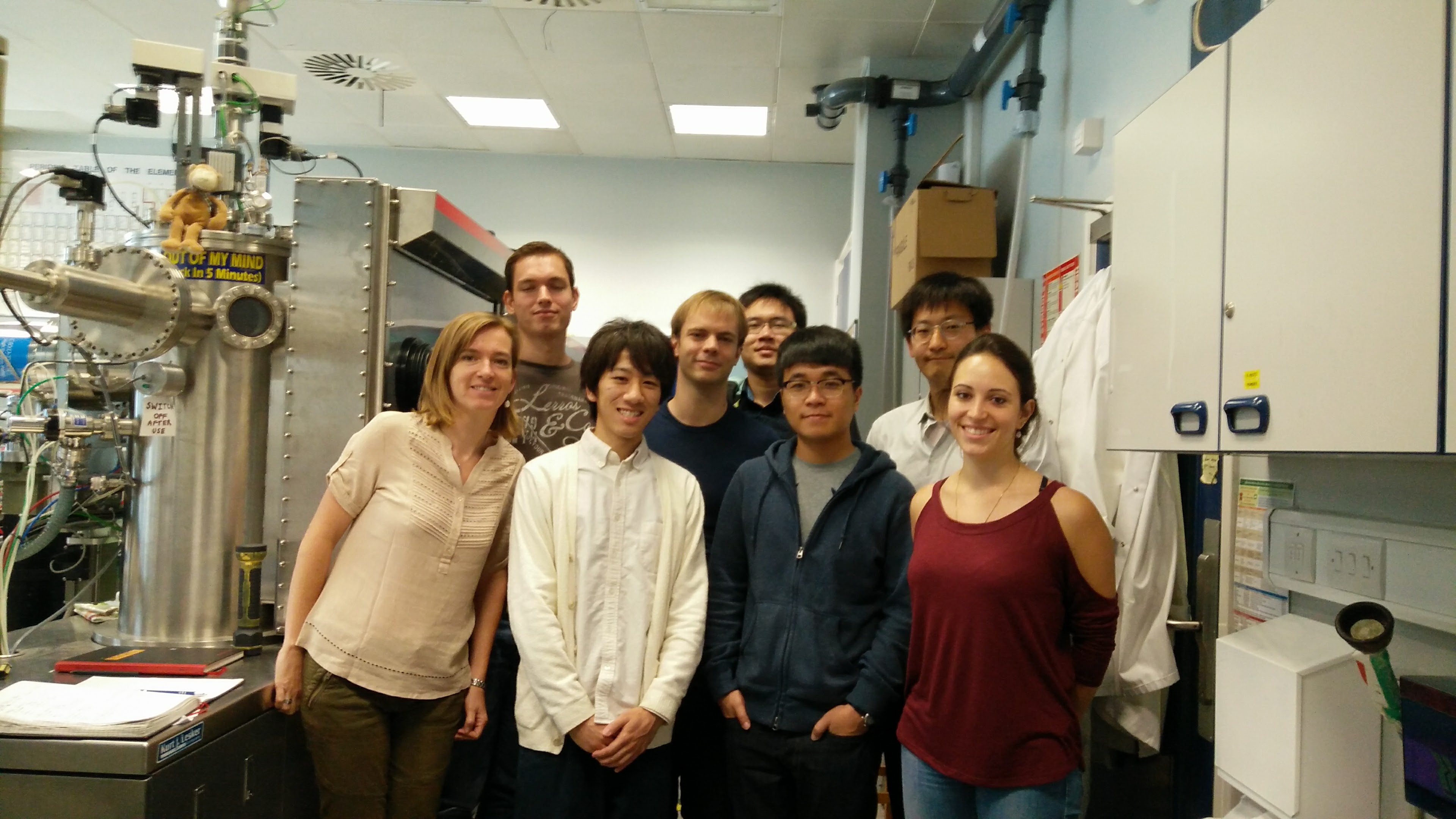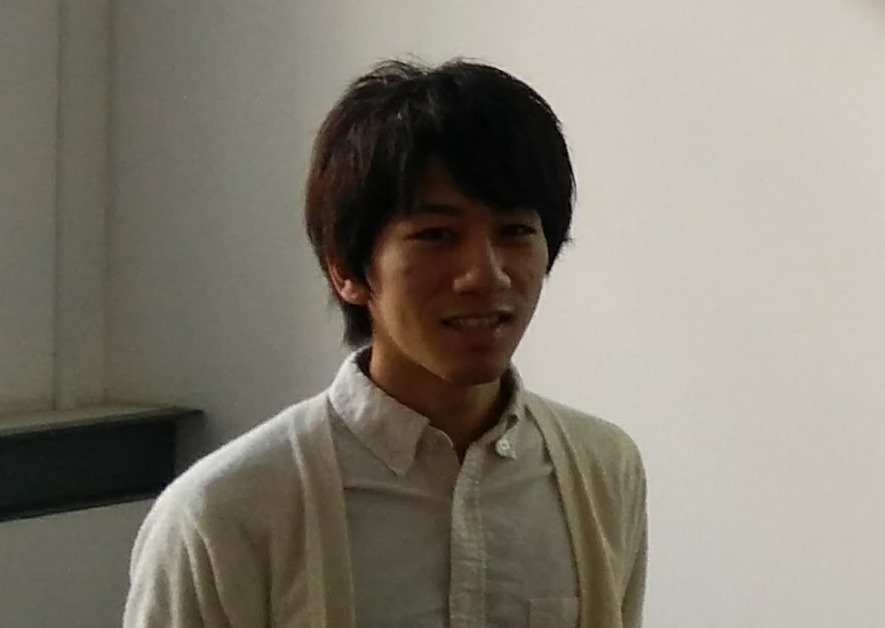Research Collaboration at Imperial College London




Aug. 26 - Sept. 25, 2016
Research Collaboration at Imperial College London
Dr. Heutz’s Laboratory, Imperial College London, UK
T. Shimada
From August 26th to September 25th in 2016, I performed the collaborative research about physical properties of (tetramethylporphyrinato)manganese(Ⅱ) (Mn(tmp)) thin films with Dr. Sandrine Heutz’s group, Imperial College London. As Sarasa Matsuno, a graduated student of Prof. Inabe’s laboratory, already performed a collaborated work related to Co(tmp) thin films with Dr. Heutz’s group from January to February in 2015, in this time the physical properties of Mn(tmp) was investigated to obtain further information about physical properties of metal porphyrine thin films. Mn(tmp) was synthesized at Inabe’s laboratory. Then two kinds of Mn(tmp) thin films, Mn(tmp) single layer (non-templated film) and Mn(tmp)/PTCDA double layer structure (templated film), were grown by organic molecular beam deposition (OMBD) in Dr. Heutz’s laboratory. Some structural properties of two kinds of thin films were investigated. AFM and SEM measurements showed no obvious difference between two different thin films. However, regarding the grain size, that of templated film was 10 nm larger than that of non-templated film of which grain size was 51 nm. In addition, the XRD pattern showed the weaker peak intensity in the templated film than in the non-templated film. These results indicate that the PTCDA layer has an influence on the molecular orientation in the Mn(tmp) layer. At present, magnetic properties of these thin films will be measured at Hokkaido University. Afterward, we will summarize the templating effect on metal porphyrin thin films considering the results of several measurements for Mn(tmp) and Co(tmp) thin films.
2016年8月26日から9月25日までの31日間、Imperial College LondonにてSandrine Heutz博士のグループと(tetramethylporphyrinato)manganese(Ⅱ) (Mn(tmp))の薄膜化による物性変化についての共同研究を行った。2015年1月から2月にかけての2か月間、稲辺研究室の卒業生である松野更紗がHeutz博士の研究グループとCo(tmp)を対象にした共同研究を行ったことから、今回は中心金属をMnに置換したMn(tmp)薄膜の物性について調査し、ポルフィリン薄膜の物性に関してさらなる知見を得ることを目的とした。Mn(tmp)は北海道大学で合成し、Imperial College LondonではHeutz博士グループの所有するOrganic Molecular Beam Deposition (OMBD)装置を用いて、様々な基板上にMn(tmp)のみを蒸着したnon-templated薄膜と、perylene-3,4,9,10-tetracarboxylic dianhydride (PTCDA)が蒸着された基板上にMn(tmp)薄膜を蒸着したtemplated薄膜の2種類の薄膜を作製し、両者の物性について調査するとともにPTCDAによるテンプレートの影響について検討した。AFM・SEM測定から、2種類の薄膜の表面像に大きな違いは見られなかったものの、templated薄膜のグレインサイズは51 nmであるのに対し、non-templated薄膜は約10 nm大きいことがわかった。また、XRD測定ではtemplated薄膜でピーク強度が小さくなっていることが確認され、これらの結果からPTCDAの有無によってMn(tmp)薄膜中の分子配列を変化させることが可能であると示唆される。今後はHeutz博士とコンタクトをとりつつ、北海道大学にて2種類の薄膜に関して磁気測定を行い、PTCDAのテンプレートによる磁性への影響を調査していく。また、Co(tmp)薄膜の物性測定結果も踏まえてPTCDAのテンプレートによるポルフィリン薄膜の物性変化についてまとめていく予定である。


